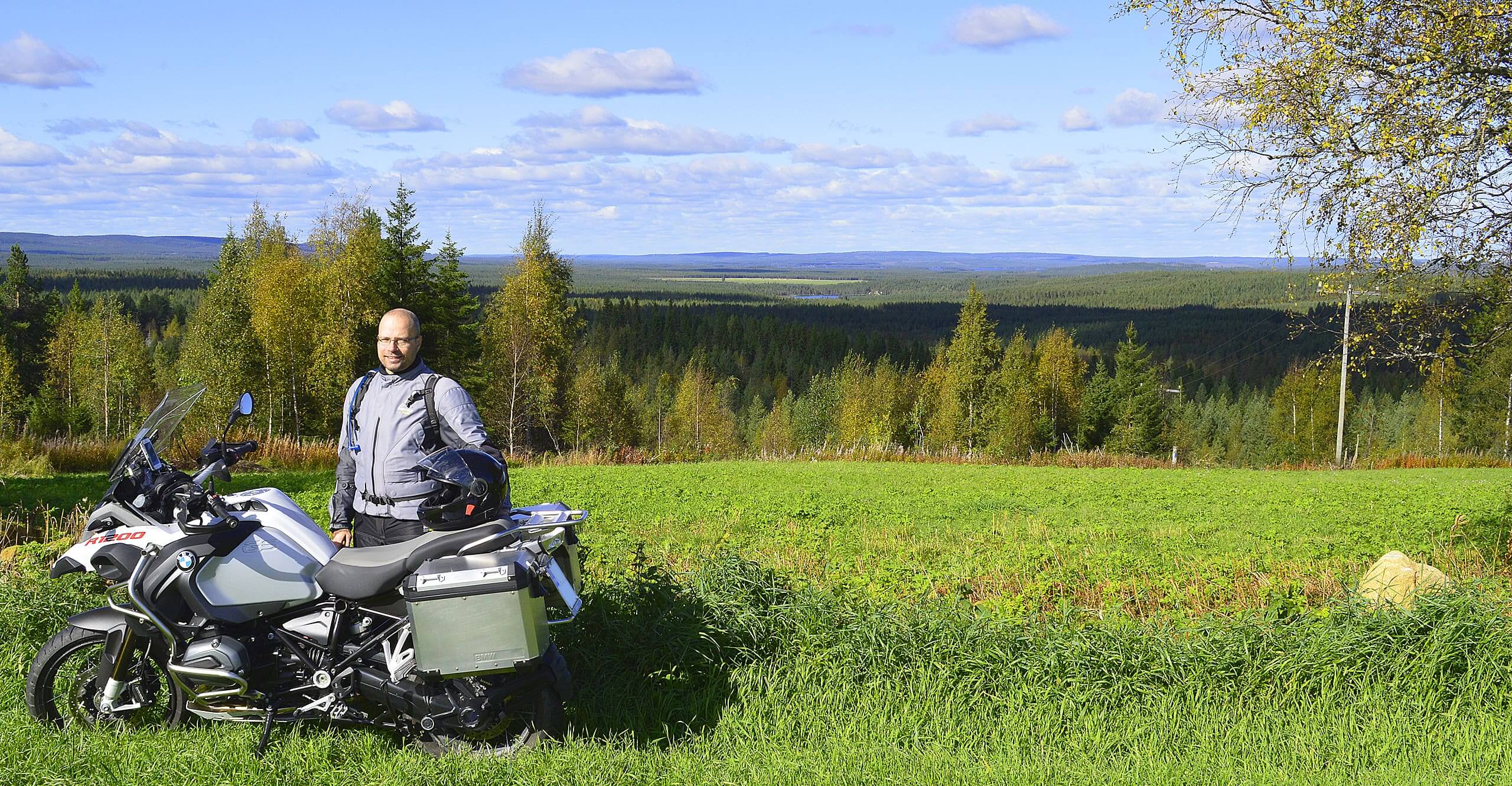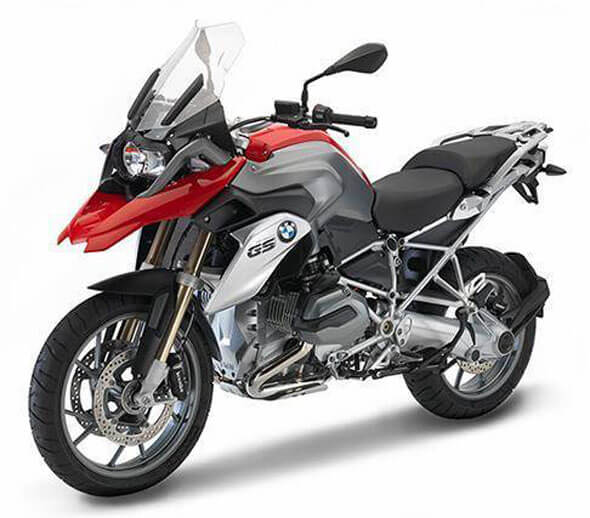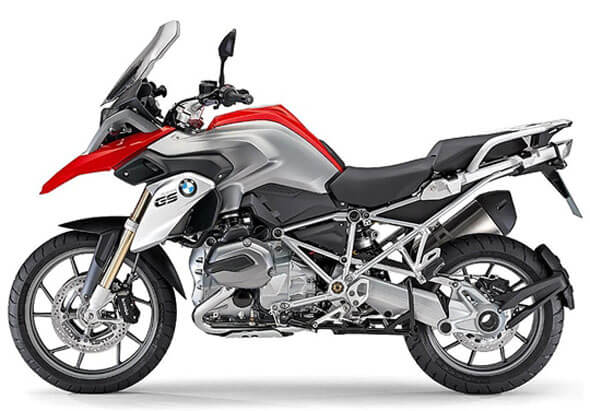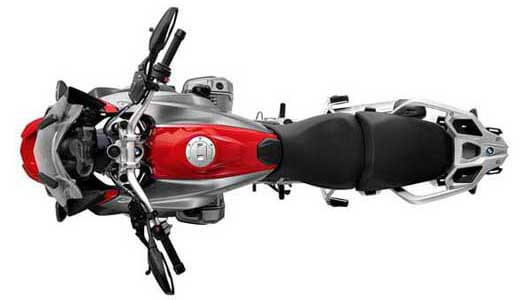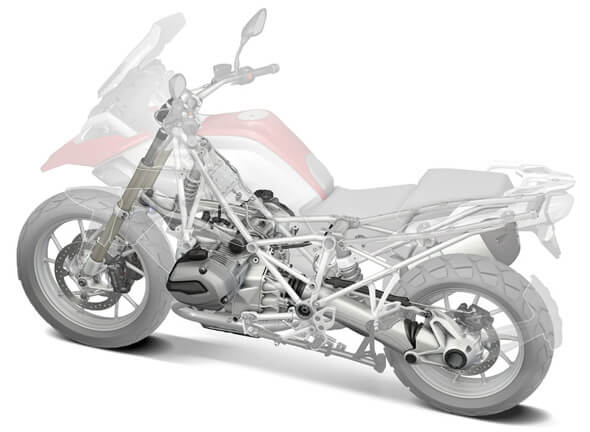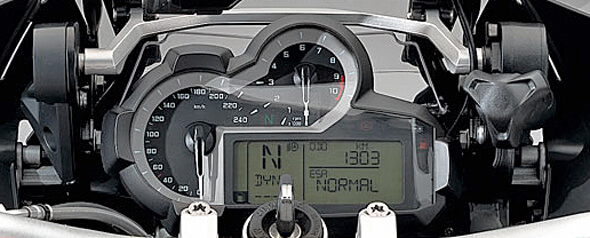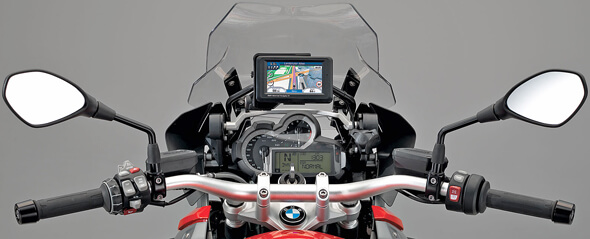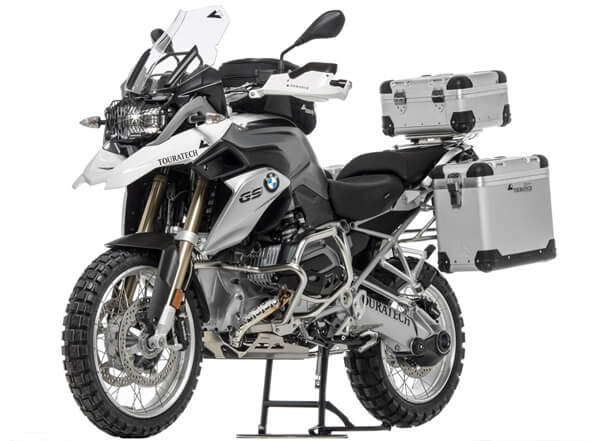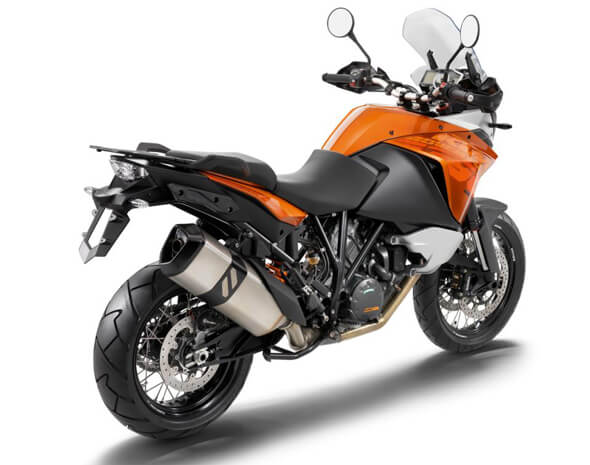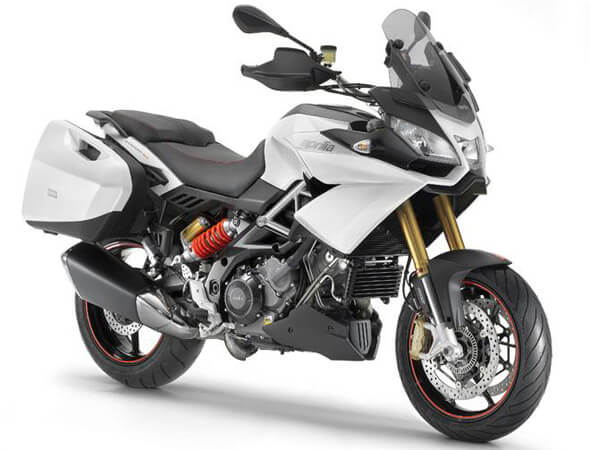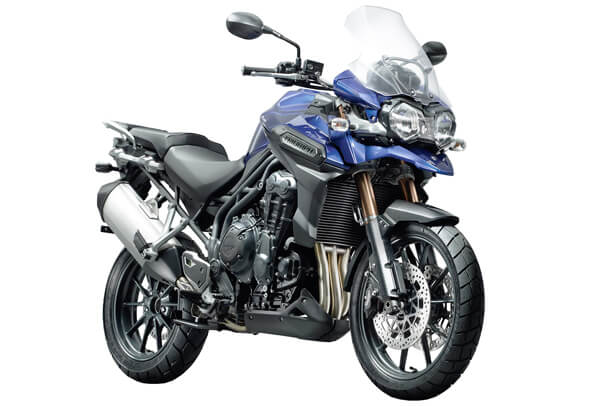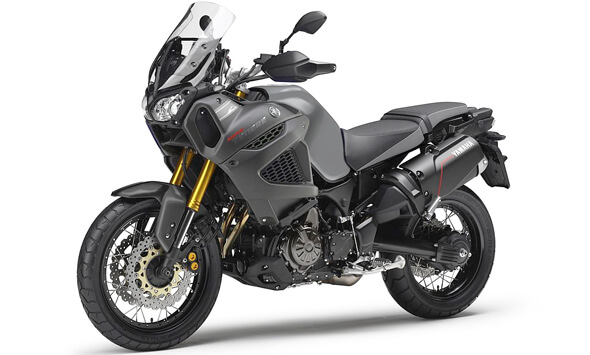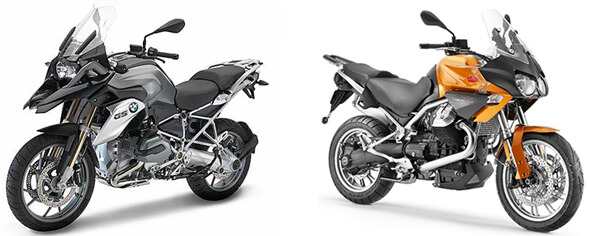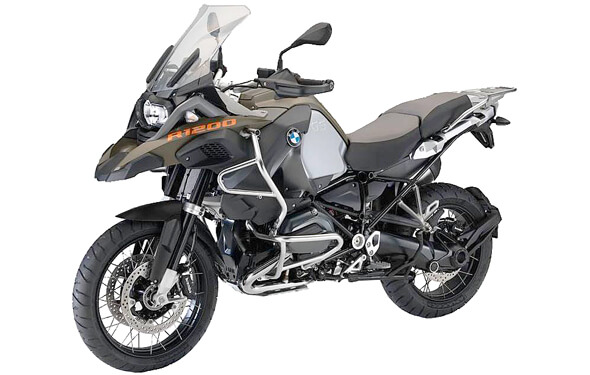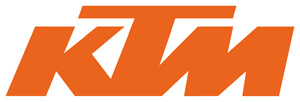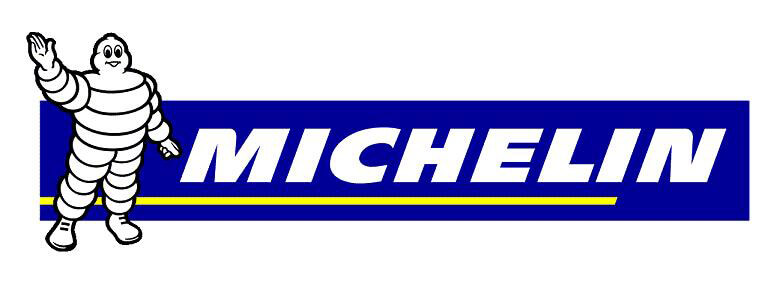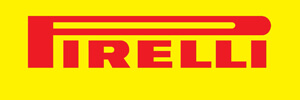BMW R1200GS 2014 Urban Touring Motorcycle
BMW R1200GS 2014 -touring motorcycle is mainly designed for urban environment on relative good tarmac roads, basically due to the average size fuel tank and cast aluminium wheels among other small details. The GS is without a doubt, a very good alternative to start building an allroad touring motorcycle. The factory offers 4 interesting equipment package options, so called Dynamic, Touring, Active and Comfort, but also 4 package combinations which makes the offering most versatile and the GS -rider can tune up the bike with the factory OE parts very widely. The BMW R1200GS 2014 is able to carry a big load and provides comfortable riding with a passenger. The GS has excellent rider ergonomics for long distance touring. The factory has a long experience in the field and the GS -model has enormous history and track record behind it. No wonder why the GS has been the king of the category. The BMW R1200GS 2014 is very comfortable, easy to ride and also an excellent everyday bike.
BMW R1200GS 2014 Features
The new generation BMW R1200GS 2014 has behind it significant changes and development. The main frame, Telelever and Paralever front wheel suspension has been improved. The BMW released first liquid and air cooled twin boxer 2012, providing even more power than necessary to perform with flying colors. Too much power makes riding more difficult, although the ability to control and dose the power delivery is everything. The new GS boxer is ride by wire throttled which means that the electronic cruise control is finally available. I find the cruise control as a very basic touring bike feature.
The standard BMW R1200GS 2014 has cast aluminium wheels of typical allroad size and since they are so hard and inflexible, I would use the GS mainly for urban riding and a little bit riding on well maintained gravel & dirt roads. The nature of the GS is simply so much more that I would not like to limit it with the cast aluminium wheels. Although there are plenty of countries without the gravel roads and using the GS frequently in everyday riding, supports the use of cast aluminium wheels. Preferably I would change the wheels to cross spoked rims that are much more versatile in use and even on bad tarmac roads they are more comfortable.
The new BMW R1200GS 2014 windscreen is quick adjustable with a right side turn knob which can be controlled even while riding. The new windshield is relative short, but can be lifted with the adjustment mechanism quite high. The tallest GS -riders need a taller touring windscreen, perhaps even with a spoiler, but I would also take the side deflectors in the same package. Both the basic BMW R1200GS 2014 and the younger brother model BMW R1200GS Adventure 2014 has the same windscreen attachment and are able to share parts, but there are also accessory manufacturers providing taller windshields. Check out the TOURATECH 44cm / 17.3inch touring windscreen.
The single dry plate clutch has been switched to new wet clutch with anti-hopping feature. The standard halogen head lights can be switched to full LED headlights with daytime running light DRL -feature. One small and simple, but very functional improvement is the rear wheel mudguard which is finally protecting the rider`s feet, the rear suspension unit, the tool case bellow the seat and the battery. Earlier the dirt found the way everywhere. When riding on wet dirt roads and trails, the GS -rider can appreciate such details and small improvements. The accessory providers have seen this earlier and provide additional mud-guarding for previous models. The key BMW R1200GS 2014 features are:
- Seat height 850 / 870mm. or 33.5 / 34.3in.
- Cast aluminium wheels
- Tyres 120/70 R19 and rear 170/60 – 17
- Engine type twin boxer
- Max performance 125HP and 125Nm. or 92.2ft-lb.
- Alternator 580W
- 12V cockpit power outlet
- Onboard computer (basic)
- Electronic immobiliser system EWS
- Shaft driven
- ABS partly integrated (off switchable)
- Weight fueled 238kgs or 525 lbs.
- Payload 212kgs or 467 lbs.
- Fuel tank 20L, 5.3USgal., 4.4UKgal. (min. 91RON – 87AKI)
BMW R1200GS 2014 Riding Modes
The BMW R1200GS 2014 has 5 -riding modes as optional extra. In order to master various riding purposes and conditions such as riding in the rain or on a challenging terrain, there are few riding modes with traction and stability control features available for the GS -riders. The factory offers 5 -riding modes with 3 -throttle response settings, 3 – ABS settings and 4 automatic stability control settings. That is a lot of riding aid indeed, but the BMW has be able to pack it quite simple from the rider`s point of view. Personally I prefer simple and I am not that keen on playing with the settings that much. Even the optional suspension system Dynamic ESA is integrated in the system. This is the most advanced riding aid integration on the market, but for sure new ones are coming and even the equipment manufacturers are stepping in with they own electronic suspension systems.
When riding in rain or slippery conditions, the BMW R1200GS 2014 RAIN mode provides a soft dosage and response to support the rider`s actions. Also the automatic stability control ASC responds more readily than in the ROAD -mode and the suspension system Dynamic ESA performs softer. In the ROAD -mode, the control system is set to ensure optimal performance providing a spontaneous, linear throttle response with a homogeneous torque build-up. The DYNAMIC -mode is the sportiest mode for road riding with even more spontaneous and direct throttle response, more restrained stability control intervention and tighter suspension damping. The BMW R1200GS 2014 ENDURO -mode is designed for offroad riding, giving a soft throttle response, restrained stability control intervention, optimum brake distribution and ABS control in conjunction with the high traction setup. The setting helps riders with less offroad experience to get familiar with the handling. This mode is optimized to be used with the standard tyres.
For more ambitious and experienced enduro riders, the BMW R1200GS 2014 ENDURO Pro -mode provides spontaneous engine response. At the same time, the ABS function can be disengaged at the rear tyre by pressing the footbrake lever. Now the suspension system Dynamic ESA shifts into traction oriented setup. The stability control ASC is set to professional enduro mode and permits considerably more slipping. This mode is designed to be used with studded offroad tyres.
BMW R1200GS 2014 Suspension
What differs the BMW R1200GS 2014 notably from the competition among others is the front wheel suspension technology called Telelever. The front suspension supports the big bike during the breaking much better than the traditional fork. The GS is simply not diving down like any other touring enduro with a long suspension travel. This feature is a big plus for the GS from the riding comfort and safety point of view, especially when riding on tarmac roads.
BMW R1200GS 2014 Instrumentation
The BMW R1200GS 2014 has an advanced instrumentation, multifunction display and riding controls, but the standard model has a basic onboard computer with limited options. The PRO -onboard computer offers individual display settings and it is integrated even with the BMW -navigator. Therefore it is e.g. able to change the time automatically in the LCD -display. Now the central vehicle electronics have been divided into two separate control units, Body- and Suspension Controller. They are operated with the Multi Controller switch allowing faster and more convenient operations such as controlling the BMW Motorrad Navigator IV. The BMW rotating controller is located on the left handlebar grip. Selecting functions and settings can be done without looking at the controller or removing the hand from the handlebar which is so far the best way ever. Pressing separate buttons and following the display rotation is hardly safe. The key BMW R1200GS 2014 basic onboard computer features are:
- Odometer
- Trip 1 & 2
- Fuel level with bars
- Fuel range
- Average fuel consumption
- Gear in use
- ECO upshift indicator
- Average speed
- Time & date
- Air temperature
- Coolant temperature
- Service due indicator
- Warning messages & symbols
BMW R1200GS 2014 Equipment Accessory
A wide selection of factory OE -accessory and equipment package versions allow to tune up the BMW R1200GS 2014 for very versatile everyday riding, touring scenarios and personal preferences. The factory packages offer some of the parts that are relevant for touring requirements, but they are not complete which leads to add ons very easily. Personally I would choose the basic GS and check from the OE -accessory list must have items such as the cruise control, grip heaters and PRO onboard computer. Then I would proceed with the equipment producers and complete the GS according to my typical routing preferences. The dynamic ESA and the stability control system ASC are very good, but I prefer to bee in charge of everything, save some weight by deselecting in order to stay as agile as possible and keep things simple. For shorter BMW R1200GS 2014 -riders the factory offers an optional rider seat and lower suspension 790 / 810mm. or 31.3 / 31.9in.
Several equipment providers continue from there and there is basically everything the BMW R1200GS 2014 -rider can think of. By choosing allroad tyres, the GS -rider can easily open the well maintained gravel road options, but without cross spoked rims, I would not plan to ride through poor roads or trails. There are plenty of equipment and accessory to turn the GS into serious allroad touring, but if that is the grand plan, I recommend to choose the younger brother BMW R1200GS Adventure 2014 model instead which is actually designed for that.
BMW R1200GS 2014 Comparison
Compared to the KTM 1190 Adventure 2014, the standard BMW R1200GS 2014 offers no cross spoked rims, adjustable foot pegs, hand guards, LED indicators, full onboard computer, steering damper or traction control. They are all optional, but instead the GS provides a basic engine skid plate and the joy of a shaft drive. The BMW R1200GS 2014 is 8kg (17.6lb.) heavier, offers 16kg (35.3lb.) less payload, 3L (0.79USgal., 0.66UKgal.) less fuel capacity and 34HP less engine performance, but 130W more alternator capacity. Clearly the BMW R1200GS 2014 is not as sporty as the KTM, but more like a comfortable touring enduro and a perfect everyday bike. The KTM 1190 Adventure 2014 is more sporty from nature, more agile, offroad capable and offers sophisticated riding aid as standard feature.
VS APRILIA 1200 Caponord 2014
Compared to the street touring enduro APRILIA 1200 Caponord 2014, the BMW R1200GS 2014 offers the same amount of power, but slightly better power to weight ration (-13kgs / -28.6lbs.), bigger 19inch front wheel, 3kgs more payload, more ground clearance and they joy of maintenance free shaft drive, but 110W less alternator and 4L less fuel capacity. The GS offers additionally rider seat adjustment and a center stand as standard, but no hand guards like the Caponord. On paper they seem basically very similar, but still the BMW R1200GS 2014 is very different from nature and first of all, clearly allroad capable touring enduro and the Caponord is entirely an urban tarmac tourer.
VS TRIUMPH Tiger 1200 Explorer 2014
Compared to the basic TRIUMPH Tiger 1200 Explorer 2014, the BMW R1200GS 2014 offers highly sophisticated riding aid which is very interesting for urban traveling. The basic GS is 21kgs lighter, carries 10kgs less payload, offers the same fuel capacity, but no cruise or traction control as standard feature. In addition the GS provides 370W less alternator and 12HP less engine performance, but due to better weight ration, the difference is marginal. On paper they seem quite similar and they are designed for the same purpose, but the TRIUMPH is slightly more sport and the BMW comfort oriented. They both have hidden offroad capabilities, but the aluminium wheels speak against it.
VS YAMAHA XT1200Z SuperTenere 2014
Compared to the basic YAMAHA XT1200Z SuperTenere 2014, the BMW R1200GS 2014 is 19kgs (41.9lbs.) lighter, offers 13HP / 8Nm. more engine performance and 1kg (2.2lbs.) more payload, but 3L (0.79USgal./ 0.66UKgal.) less fuel capacity and 20W less alternator performance. On the other hand, the GS does not offer hand guards, traction control, throttle response modes or cross spoked rims as standard feature, but a basic engine skid plate and the center stand at least. From the ergonomic point of view, the GS is slightly more versatile and the SuperTenere suitable for shorter riders, but both offer lower factory OE -rider seats. The BMW R1200GS 2014 is more sporty, provides slightly better ergonomic features and wider factory equipment selection for tuning. It is also more advanced and sophisticated from the technical point of view. The YAMAHA XT1200Z SuperTenere 2014 is slightly more ready for allroad riding as standard.
VS MotoGuzzi STELVIO 1200 ABS 2014
Compared to the MotoGuzzi STELVIO 1200 ABS 2014, the BMW R1200GS 2014 is 43kgs (94.8lbs.) lighter, offers 20HP/12Nm. more engine and 30W more alternator performance, but it also provides 12L (3.2USgal. – 2.6UKgal.) less fuel and 2kgs (4.4lbs.) less payload capacity. Notice that the weight difference due to the large STELVIO -fuel tank is 8,4kgs (18.5lbs.) and therefore it`s in fact smaller. From the equipment point of view, the STELVIO has also traction control as standard feature unlike the GS. They both have cast aluminium wheels, 12V power outlet in the cockpit, modern instrumentation, average alternator performance and the shaft drives, but the standard GS has no riding aid systems other than the ABS. The GS stability control system ASC is optional, but very sophisticated and includes offroad modes. The GS ABS is integrated and can be also switched into offroad mode. The GS is ride by wire throttled and offers cruise control unlike the traditional STELVIO which has no low octane fuel settings either.
The GS has better ergonomics and versatile adjustments. The basic wind cover is a little bit modest in both bikes, but could be upgraded easily. They both carry the same payload and allow to quick set the suspension accordingly, but the GS offers additionally an electronic suspension system which is not available for STELVIOs. The GS front suspension is also very different from the dynamics point of view. The GS -Telelever supports the weight much better on tarmac emergency braking situations unlike the traditional USD -fork. From the handling point of view, the GS is much more agile and the STELVIO top heavy. After all, the GS enjoys the benefit of the widest equipment range and equipment producers close attention which guarantees the best selection of accessories around the world. The MotoGuzzi STELVIO 1200 ABS 2014 is more traditional urban touring bike with an exceptional fuel range and traction control as standard. The BMW R1200GS 2014 is more sporty, agile, advanced and highly versatile for various touring preferences, but also for everyday biking.
VS BMW R1200GS Adventure 2014
Compared to the younger brother model BMW R1200GS Adventure 2014, the BMW R1200GS 2014 has a lot similarities, but also few differences. The basic GS is 22kgs (48.5lbs) lighter, provides 8kgs (17.6lbs) less payload capacity and 10L (2.64US gal./ 2.2UKgal.) less fuel capacity which translates also to more playroom for Dynamic ESA suspension system. The urban GS has rigid cast aluminium wheels instead of more flexible cross spoked rims. A shorter windscreen offers slightly less wind protection and there are no side deflectors either. Both are essential factors from the touring comfort point of view. The GS suspension travel offers 20 mm. less ground clearance which means 40/20 mm. lower seat height and slightly less offroad emphasis. Also 1 degree calmer steering head angle puts more weight on urban touring and everyday riding.
On the other hand the BMW R1200GS 2014 does not offer crash bars, hand guards, wider offroad foot pegs, quick adjustable footbrake lever as standard nor gloves compartment on top of the tank. The basic GS is clearly designed mainly for very versatile everyday use and urban touring, but at the same time providing the chance to extend the routing preferences for more demanding conditions. Depending on the nature of preferred routing scenarios, one would either turn to the urban brother or the adventure GS.
